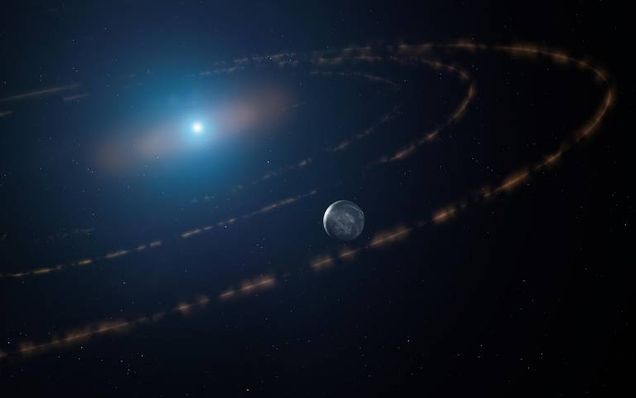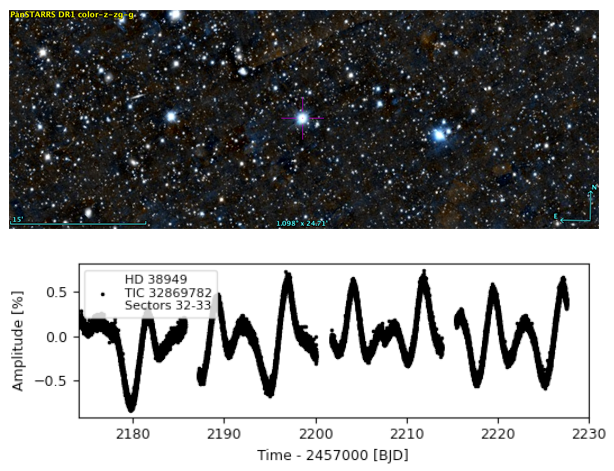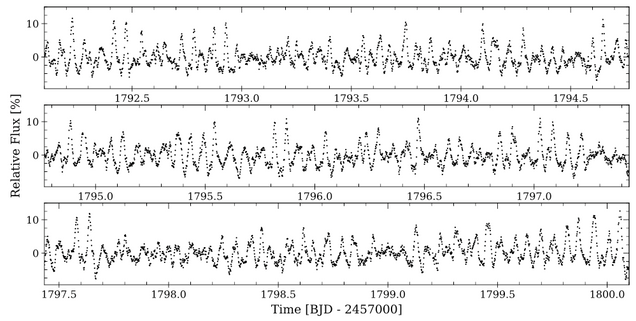The BU White Dwarf Group

Welcome to the home page of the BU White Dwarf group, headquartered a few blocks from Fenway Park in Boston, MA, USA.
Our research focuses on white dwarf stars and their connection to the endpoints of stars, binary, and planetary systems. Our work is supported by Boston University, the Institute for Astrophysical Research, the National Aeronautics and Space Administration (NASA), the National Science Foundation (NSF), and the Massachusetts Space Grant Consortium.
Recent news and group updates:
Research updates can be found below and on the news page.
Empirically testing WD ages
In June 2022, a manuscript led by BUWD graduate student Tyler Heintz (Heintz, Hermes, El-Badry, et al. 2022) was accepted for publication that empirically tested the reliability of white dwarf stars as age indicators. This extensive work was funded by the NSF and used more than 1250 widely separated (>100 au) pairs of white dwarfs to quantify how accurate their ages are. On the whole, white dwarf ages agree to at least 25% using only existing survey data, but we can do better! We also found that roughly 21-36% of the wide WD+WD binaries had a more massive white dwarf that was hotter than the less massive white dwarf -- so up to 1/3 of WD+WD may have arisen from merged triples! The work has been accepted for publication in the Astrophysical Journal; a short thread on the discovery can be found here.
Planetary bodies observed for first time in habitable zone of dead star

In February 2022, a manuscript led by Jay Farihi from University College London and including members of the BUWD group (Farihi, Hermes, Marsh, et al. 2022) announced the discovery of a remarkable white dwarf that hosts the first planetary debris found in the habitable zone of a retired solar system. The white dwarf, WD1054-226, started out its life like the Sun, but has since evolved through its giant phase and is now a retired white dwarf star. The debris orbits the white dwarf every 25 hours, and features persistent structures in the transit light curve that are most simply explained by a more massive unseen object, in the same way that structures in the rings of Saturn are caused by orbital resonances with moons and moonlets. The discovery was covered by BBC News, NewScientist, Newsweek, Space.com, and IFLScience. A nice thread on Twitter by Corey S. Powell summarizes some of the most interesting figures from the manuscript, published in MNRAS.
TESS finds 74 bright pulsating white dwarfs
In January 2022, a manuscript led by Alejandra Romero from the Universidade Federal do Rio Grande do Sul in Brazil (Romero, Kepler, Hermes et al. 2022) announced the outcome of a large search for bright new pulsating white dwarfs: in the first three years of the TESS mission we have discovered 74 new pulsating hydrogen-atmosphere (ZZ Ceti) white dwarfs. The work involved many members of the BUWD group, as well as observations collected from both the 1.8m Perkins Telescope Observatory as well as the 4.3m Lowell Discovery Telescope, and was coordinated through Working Group 8 of the TESS Asteroseismic Consortium. These bright objects will be studied for the remainder of the TESS mission so that more information can be ascertained from their interiors through asteroseismology. The manuscript announcing these objects by Romero, Kepler, Hermes et al. 2022 has been accepted for publication in the Monthly Notices of the Royal Astronomical Society.
Preempting an ‘oops’ with JWST

In January 2022, Deputy Project Scientist for JWST Susan Mullally and members of the BUWD group (Mullally, Sloan, Hermes, et al. 2022) announced the first results of a project to monitor nearly all possible spectrophotometric standards that are planned to calibrate the high-precision observations undertaken by the recently launched 6.5-meter James Webb Space Telescope. Using another NASA mission, TESS, we found that most planned standards are suitable for calibrations. However, we also discovered four that are intrinsically quite variable, including one especially poor standard that the JWST team has now thrown out (see image above). The work by Mullally, Sloan, Hermes et al. 2022 has been accepted for publication in the Astrophysical Journal; a short thread on the discovery can be found here.
TESS watches a low-mass white dwarf pulsate

In October 2021, former BUWD group member Isaac Lopez led a global collaboration (Lopez, Hermes, Calcaferro et al. 2021) announcing the discovery, characterization with TESS, and asteroseismic modeling of the pulsations in the first extremely low-mass white dwarf observed from space: GD 278. Using a method to select variable white dwarfs from Gaia pioneered by our group, we first saw pulsations from McDonald Observatory in August 2019. We quickly secured TESS data (see above), producing some of the best data on a pulsating white dwarf ever collected. We matched the observed oscillation periods to theoretical models with multiple stellar evolution codes. This is now the lowest-mass white dwarf with a measured rotation rate. The work by Lopez, Hermes, Calcaferro et al. 2021 was accepted for publication and will appear soon in the Astrophysical Journal; a thread can be found here on Twitter: https://twitter.com/jotajotahermes/status/1446514046027640839?s=20.